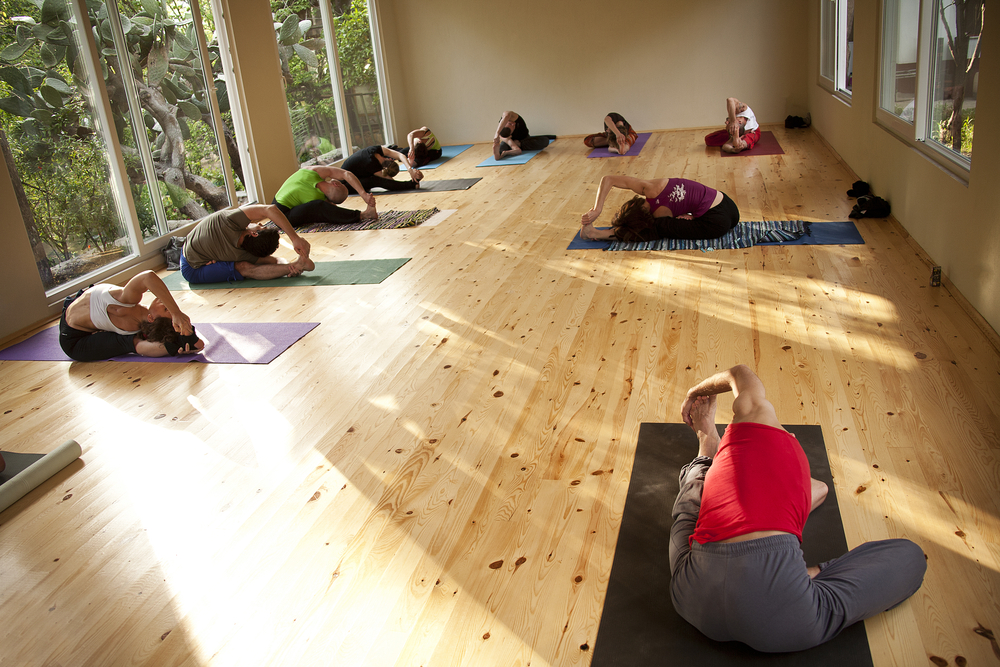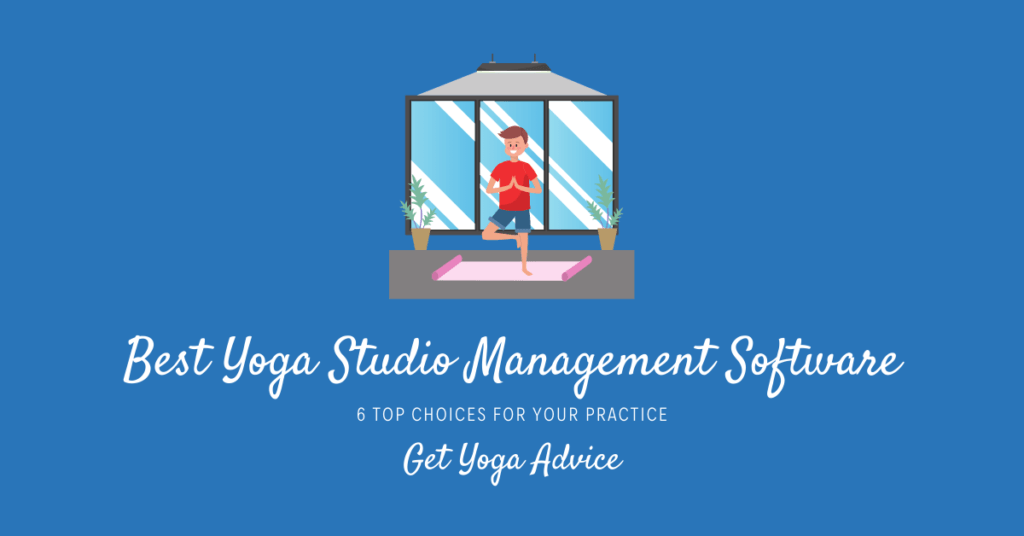Do you want to open a yoga studio?
For many new yoga teachers, it can be hard to make ends meet. Most enter into yoga professionally because they are drawn to the spiritual practice.
Opening up a yoga studio can allow you to own your own business while providing your community with a space to practice yoga. But how feasible is it to make this vision a reality?
There are a host of statistics that prove that the yoga industry has plenty of space to support thriving businesses.
The average yoga practitioner spends $62,640 over their lifetime on yoga activities and accessories. What’s more, the population of practitioners has seen a meteoric rise. The United States saw a 50% increase between 2012 and 2016, while in Japan, the rate of growth of yoga practitioners increased by 413% from 2005 to 2010.
As of 2018, there were 36 million Americans practicing yoga, but the practice isn’t popular just in the United States. More than 300 million people practice yoga worldwide.
Additionally, those doing yoga, practice regularly. Some 44% practice yoga two to three times per week; that is an excellent customer base from which to build a business plan. But with over 6,000 yoga studios in the United States alone, how can you make certain yours is one that flourishes in the $84 billion worldwide yoga industry?
This guide will help you answer many of the key questions on how to open a yoga studio. Because it’s so important to understand why yoga studios succeed, we’ll get some advice from yoga studio professionals, as well as take a look at why yoga studios fail.
Contents
1. What Is the First Step in Opening a Yoga Studio?
Building a business plan might seem like the province of business school or that it would apply only to studios seeking investors, but the truth is that no matter how small your planned studio is, it will benefit from you creating a thorough business plan first. This will help you set the goals of your business as well as determine a budget.

Everyone’s business plan will be different, but one thing is universal; everyone will face unexpected costs. For that reason, it’s always important to budget in extra.
Your business plan will help you make decisions about how much space you need for a yoga studio as well as how much you plan to charge per class.
You might also be interested in our round-up of inspiring yoga studio design ideas and tips.
2. How Much Does It Cost to Open a Yoga Studio?
Answering this question differs depending on your location, the size of the venture and your business goals. It can cost anywhere from under $100,000 to over $1,000,000.
A big variable will always be the city or town where you’re opening your studio. Commercial rents in major cities are much higher than they are in smaller towns, which will have a big impact on your budget, as well as what you’ll need to charge per class.
The first step is to begin doing your homework on what rents cost in the area you’re looking in.
Some other costs that are critical to budget for include:
- legal fees for looking over leases and other contracts
- construction costs
- equipment costs
- decorating costs
- staffing
This is only a partial list. Everything from internet to telephone also has to be paid for. Will you be using subscription software for class registration? What will the water bill be if you offer showers?
All of these are important questions to answer in determining how much does it cost to open a yoga studio.
3. How Much Space Do You Need for a Yoga Studio?

One of the most important factors in determining how much does it cost to open a yoga studio is deciding on the amount of space you need for your studio.
Consider that the average yoga studio is 20 square feet, or 20 by 20 feet, and can comfortably fit 15 to 18 people practicing.
Of course, a larger space will allow you to offer classes to more students at once. A larger room can be 25 by 30 feet or even 30 by 30 feet. For smaller rooms, hardwood floors and natural sunlight will make the space look bigger.
In choosing a location, you are likely not just renting the yoga studio room. Do you need space for a reception area? Had you planned to offer changing rooms or storage lockers at your studio?
Be certain to factor in these considerations when looking at commercial spaces.
4. How Do You Get Your Yoga Studio Started?
When it’s time to open your doors, to actually attract people to come in, you’re going to need some marketing. While marketing and branding might seem anathema to the yogic path, that’s not the case.
Think of all of the positive reasons why you’ve opened your studio. No doubt a big part of your mission is to share the benefits you get from yoga with your community. Marketing and branding are the ways to get that message out to the community. Some regard this aspect of the business as creating a mission statement for the studio.
Jules Barber, writing for Yoga International, knows that brand identity is important, explaining that it “is crucial if you want to create a business that reflects your values and unique self, a business that you can stand behind and breathe life into.”
It’s a great idea to run an opening promotion. As to getting the word out, social media is a huge resource in the yoga world. Instagram is an especially popular platform for yoga, with over 85 million posts under the hashtag #yoga.
How to Open a Yoga Studio: Advice on How to Succeed
The number one reason as to why yoga studios fail does not come down to not being able to get enough customers in the door. While getting people into class is critical to success, the biggest reason for failure is actually not treating your yoga studio like a business.
This is a mindset, but it’s also paying attention to details. This includes everything from the bookkeeping to taking students’ feedback seriously.
In opening a yoga studio, it’s important to remember what first made you take that step, but then to carefully incorporate the business aspects like choosing a location and making the right hiring choices.
Business coach to yoga studios, Alón Sagee, offers this advice to the Yogi Times, “Competition isn’t really an issue in running a yoga studio because there is a huge market available for growth in the yoga community. The secret is to figure out what unique gift you have to offer the world, put it out there, and the people who are meant to will find you.”
A successful studio is created from a person’s true desire to share a yoga practice with the community, but it also requires careful planning and hard work.



